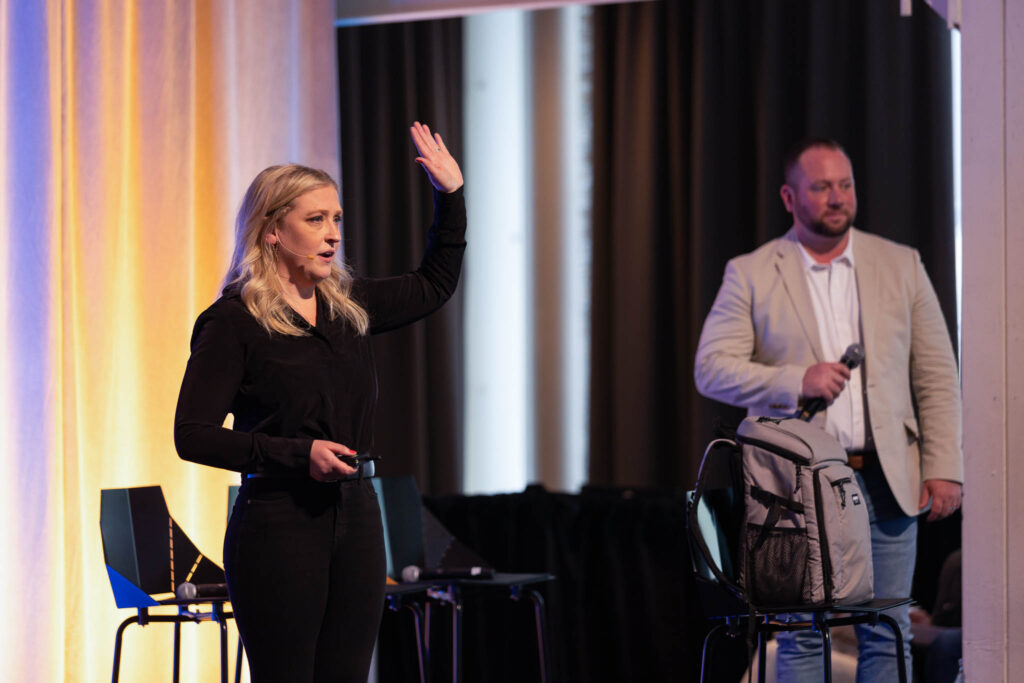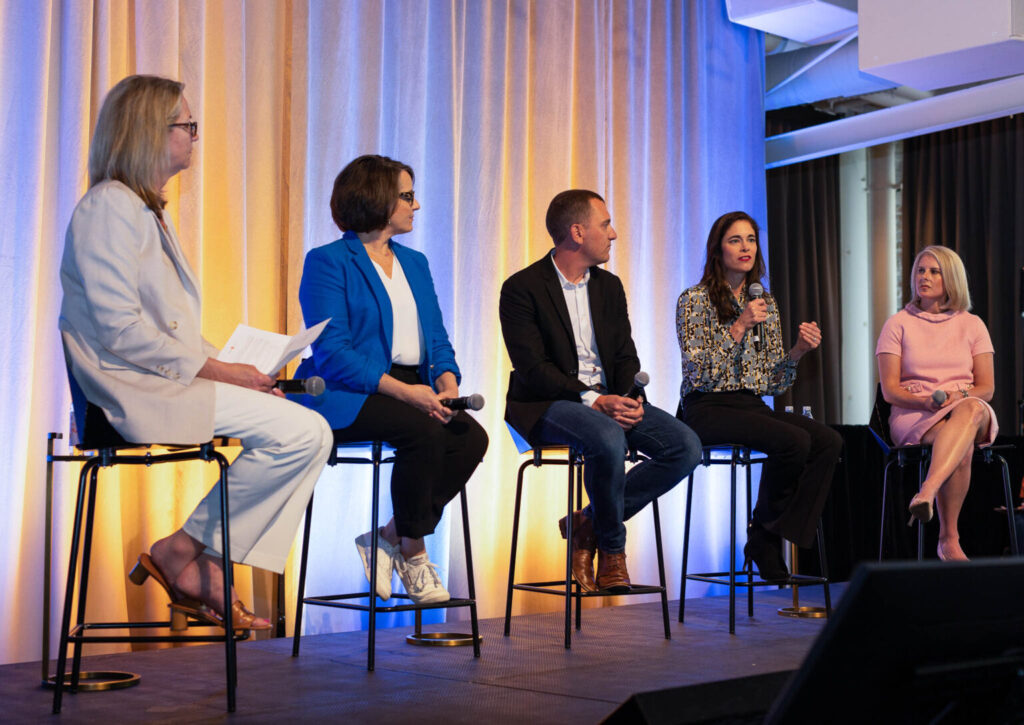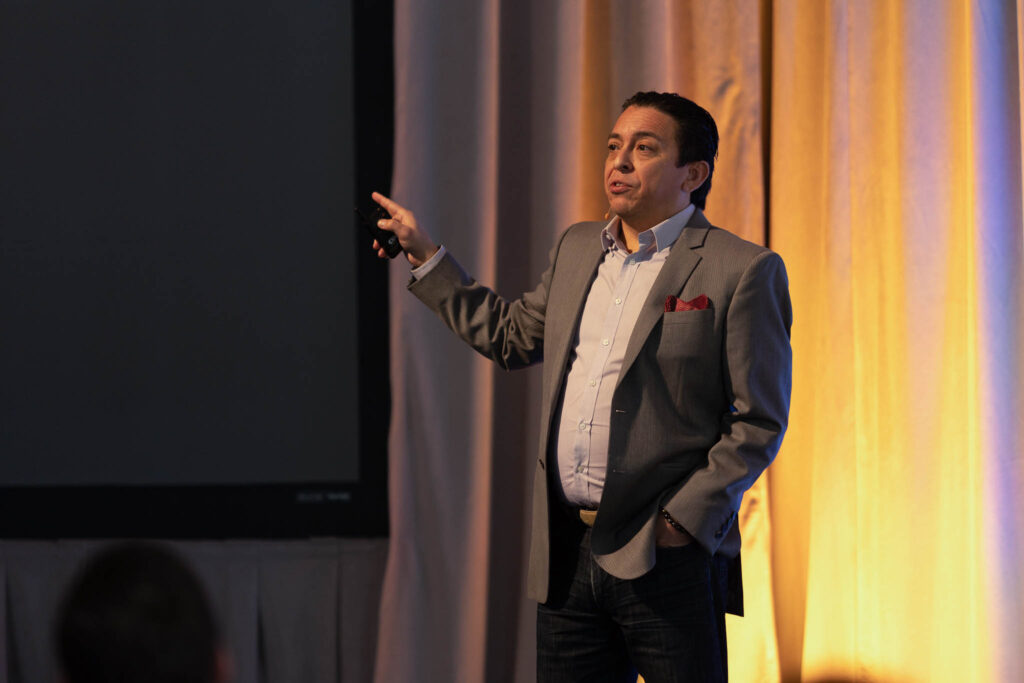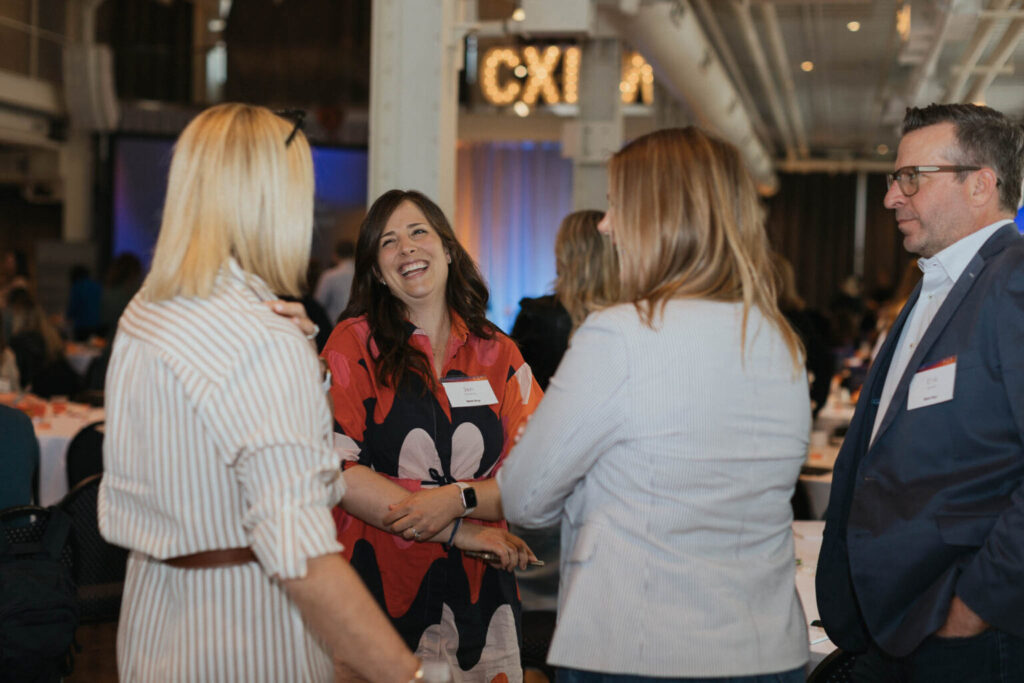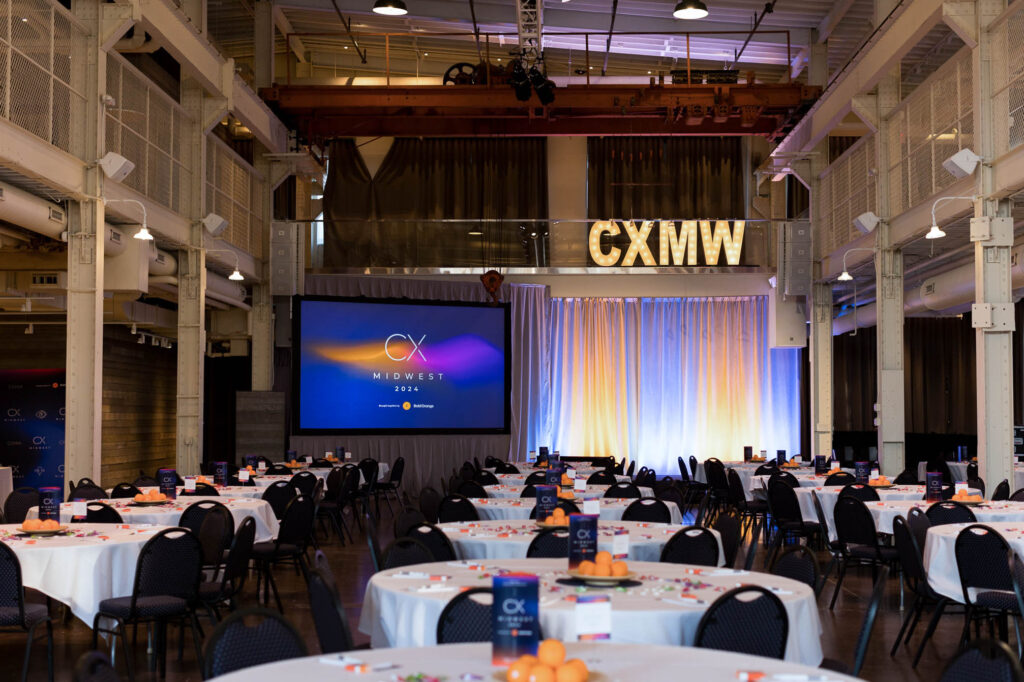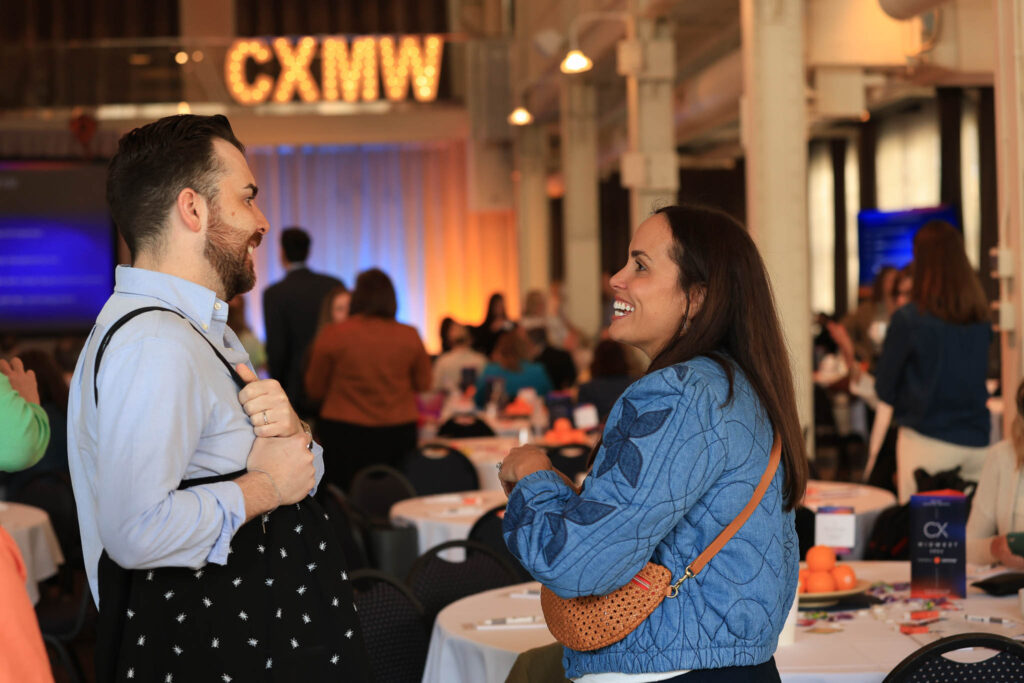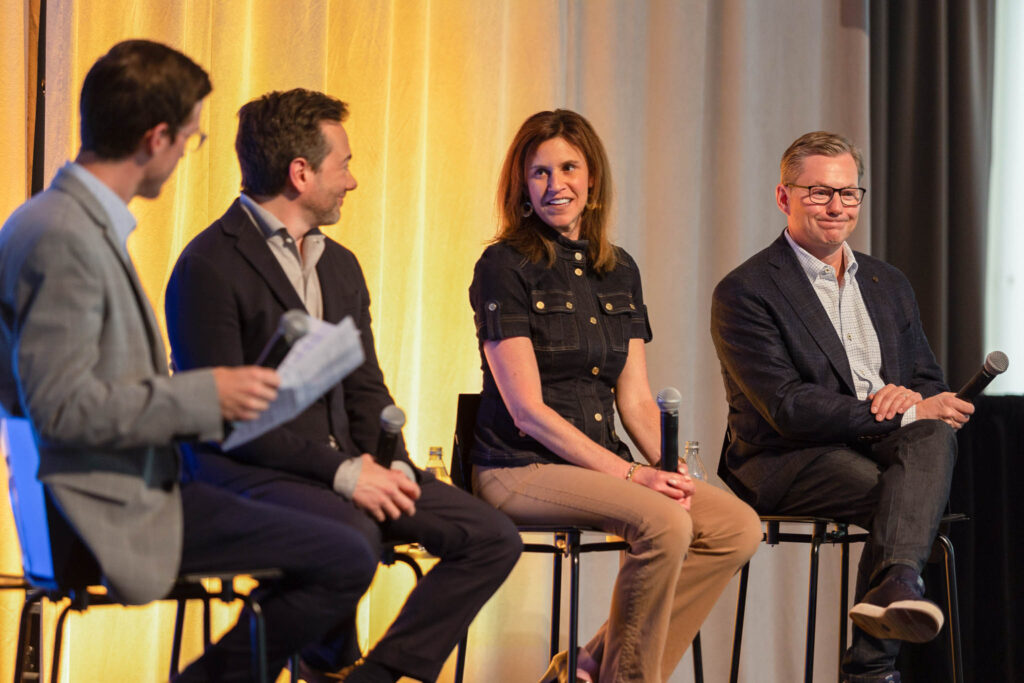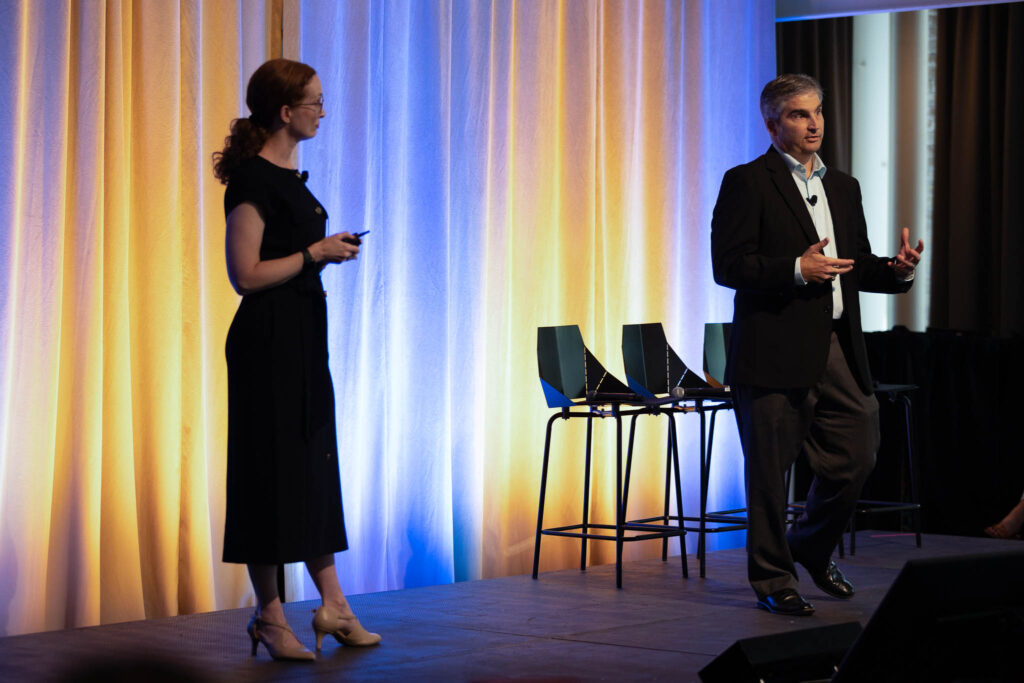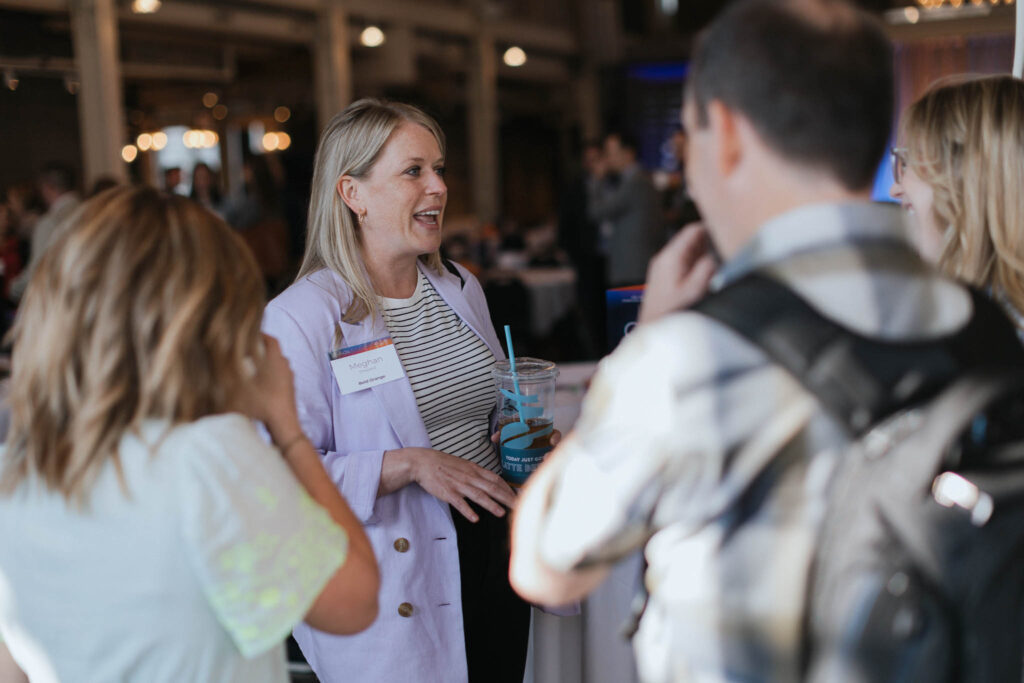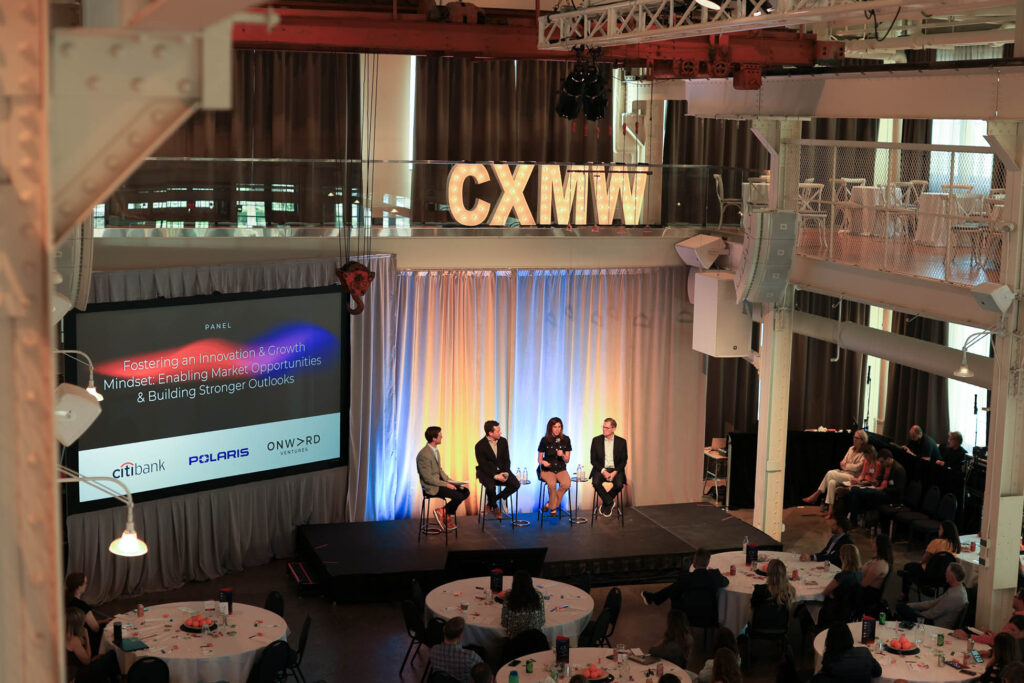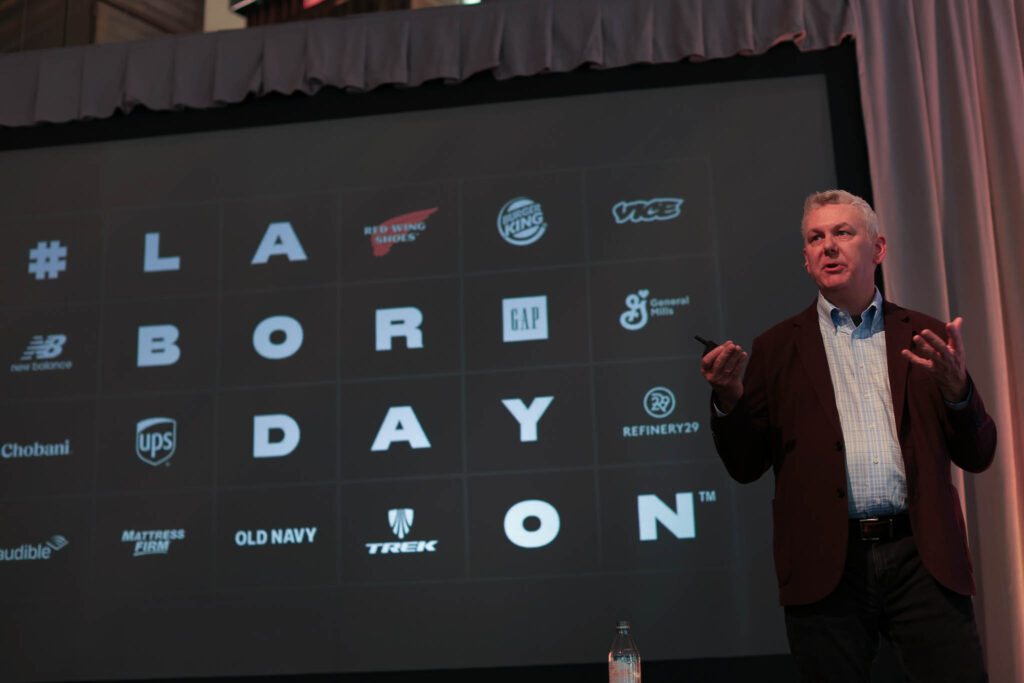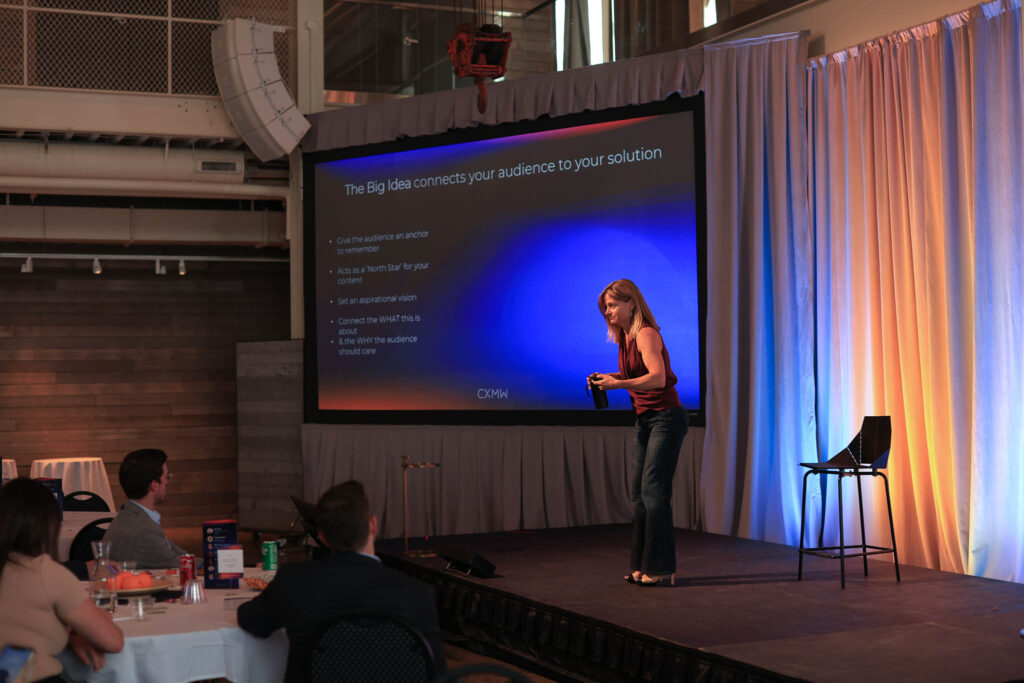1. Your Biggest Competitor is Time
According to Brian Solis, the AI Economy, Attention Economy and Introvert Economy are colliding to create a cross-demographic group of customers that are moving incredibly fast through life. So while brands have a traditional set of competitors within their industry, an often overlooked competitor is time.
Uber addressed this by tapping into 3 concepts within behavioral science: idleness aversion (people want to be busy), operational transparency (seeing what’s going on under the hood increases consumers’ valuation of the service) and the goal gradient effect (greater motivation when people feel like they’re advancing well toward their objective). This led to their key feature of showing available cars on a map in order to provide transparency, show progress and decrease customers’ innate aversion to waiting.
Retailers have also learned to streamline their curbside delivery processes because what once was a delightful convenience born out of COVID protocols, now holds the expectations of extreme speed. When you give customers a better, faster experience, you’ll initially delight them, but their expectations around speed will only continue to grow.
Bold Takeaway: Your job is never done creating experiences that save people time. Technology and consumers’ desire to avoid being idle will always push for more speed.
2. Context Matters, Always and In All Ways
There is an expression, “It’s not about what you say, but how you say it.” Through the lens of the customer experience, it’s more of, “It’s about what you say and how you say it.” Delivering relevancy in the market requires a keen understanding of how content is shared, who it is being delivered to, and how it is going to be received. Context is everything when considering how and when you communicate with your audience.
We know that our audiences don’t consume content in a vacuum. Whether they are shoppers in a store, advisors in a board room, or kids on TikTok, people absorb information through the lens of their lived experiences. In the age of digital narcissism, as keynote speaker Brian Solis put it, people are demanding that companies understand them and provide hyper-relevancy; 80% of customers say that they’re more likely to purchase from a company that provides personalized experiences. To achieve this, we must leverage data to foster intimate understandings of our audiences, telling compelling stories that highlight the needs that we can solve for. As Meredith Clause Jurek of Storycore stated: “There is no story without tension,” centering the real user problem, the context, in our solutions is key to creating truly delightful, personal customer experiences.
Bold Takeaway: Understand the context in which you are speaking to your audience and deliver information in a way that will meet their needs in a relevant and personalized way.
3. Make Magic or Be Forgotten
Customer experiences are all about what your customers are feeling at a given moment with your brand. And, according to Brian Solis, the most memorable feelings that those customers will take away from your brand experience are likely wonderful feelings…or really bad ones. As such, it’s not enough just to streamline your CX, because even if it’s a neutral, easy experience, it won’t naturally be memorable.
We have to find ways to incorporate moments of magic within our customers’ experiences. Katie Marti from Kwik Trip talked about how they turned a potentially negative experience of sunsetting their bagged milk product, but how they created a multi-touch promotional journey for bagged milk fans to delight them and get them to switch over to jugs.
There was also a call for more digital warmth. Two examples highlight how listening to your customers might lead you to new, different approaches that are based on their preferences. One shared by Tom Audette from Andersen Corporation, was that they are creating more ways to have digital experiences, such as research and consultation, based on the evolving needs and behaviors of their customers. Additionally, Dave Schneider from Red Wing Shoes mentioned how young tradespeople are still wanting a high-touch in-store experience, so while they’ve created a digitized version of their Ultimate Fit Experience, they are still investing in that 1:1 experience in-store where an Ultimate Fit Specialist helps customers find the fit tailored to their foot and their needs.
Bold Takeaway: Don’t just solve your audiences’ problems, delight them. Do your research to understand how you can meet your unique customers’ needs and over-deliver.
4. AI: What Role Does It Play?
We are all talking about AI—its benefits, capabilities, impact—but even large organizations that dedicate substantial budgets toward innovation haven’t fully figured it out yet. Brian Solis used the term “Augmented Intelligence” which resonated with many. This concept emphasizes that AI tools can and should be used to enhance our roles as marketers. AI can help us ideate, develop solutions, expedite processes and drive innovation, but it is not replacing our roles nor taking over – at least not yet.
Many are trying to explore AI’s potential. Some are in the initial stages, merely contemplating its applications but not knowing where to start, while others are actively developing policies to govern its use. A few are already integrating AI into critical functions, leveraging capabilities to optimize tasks and improve efficiency. However, the consensus is that no organization is allowing AI to take control and very few feel fully knowledgeable about it.
Bold Takeaway: This cautious approach underscores a crucial point: AI is a powerful assistant and not a replacement. It augments human intelligence, providing new tools and capabilities that can elevate our work. For marketers, this means using AI to gain deeper insights into consumer behavior, create more personalized experiences and streamlining campaigns. Yet, the human element remains the north star of relevancy, ensuring creativity, strategic thinking and empathy which continue to drive our success.
5. Your Audience is Changing, Rapidly
As we have all experienced first-hand over the last few years, the world is changing fast. With that, people are changing even faster – so fast, in fact, that our prior audience segments and understandings can no longer keep up. This is why Pew Research recently ditched generational labels; we can no longer look at cohorts spanning 15-18 years as a monolith. Rather, we need to take a nimble approach to keep in-tune with our customers’ needs as they experience the rapidly changing world with us.
Addressing audience changes always tends to be a future problem to solve. The problem: time is a resource that we too often take for granted. This is why Tom Audette and his team at Andersen Corporation focused on understanding their future customer, now. Through boots-on-the-ground qualitative, and more traditional quantitative, research, Renewal by Andersen and Bold Orange collaborated to develop three future-focused personas reflecting the actual needs and behaviors of current, emerging, and future replacement window customers. While Renewal by Andersen has extremely high satisfaction scores and continues to be an industry leader today, they’ve recognized the need to disrupt themselves and create tools and processes that reflect the needs of tomorrow’s customer.
Bold Takeaway: The rate of change will not slow down. Audience needs and behaviors will continue to evolve, and you need to evolve with them or be left behind. But evolution does not have to mean reinventing the wheel. Lean into what works, listen to your customers, and create focused, practical progress that reflects the everyday realities of the market.
6. Plan To Fail in The Blueprint Phase
Innovation always carries the risk of failure. With thorough strategy and development from the start, however, you can identify potential pitfalls. Rob Webb from Onward Ventures emphasized that in large organizations, it’s crucial to quickly demonstrate a path to profitability. You should thoroughly vet and analyze risks, ensuring all stakeholders understand the potential issues. By considering risks from multiple perspectives and using historical data to inform your conclusions, you can anticipate failures on paper rather than in practice.
According to the CMO panel, when requesting a budget for a project, don’t just propose one solution. Instead, present multiple options along with their potential impacts and how they align with objectives. This increases your chances of getting some form of approval, rather than just a simple yes or no.
Bold Takeaway: Approach your work from multiple vantage points, while practicing vetted risk-taking.
7. How Can (and Should) We Measure CX Value?
According to Brian Solis, Customer Experience (CX) is the sum of all engagements that someone has with a brand throughout the customer lifecycle–and the return on experience (ROX) that brands achieve encompasses more than any one moment in time, it captures how someone feels throughout their interactions.
As a result, brands must develop measurement strategies for how customers feel, as well as how they behave. High-value actions and conversions will remain pivotal for proving return on ad spend (ROAS) and optimizing marketing efforts. But brands need to ask whether they understand the why’s in between the rows of data. Do we have qualitative insights that explain why customers lean in or opt out? And, importantly, do we know what to do to make them feel better about the brand in any given moment?
Bold Takeaway: Put mechanisms, testing techniques, and customer panels in place to monitor emotions and perceptions in key moments and cumulatively over seasons and lifecycles. Pair these with the what’s and the data science to have a complete view of your ROX and improvement over time.
8. Identify a Customer Problem, Then Build the Solution. Not the Other Way Around.
Sometimes teams start out with an idea or solution, something they think is going to change and evolve the business. This can lead to missed opportunities and poor results, simply because of the old sentiment, “I am not my customer.” Human-centered innovation involves identifying and understanding the specific needs of your customers before working on a solution. Renewal by Andersen embarked on a multi-step customer insights journey to uncover how the future homeowner wanted to shop for windows. This approach enabled the organization to be grounded in data, both quantitative and qualitative, to educate the organization about why change might be needed and then prioritize accordingly.
Bold Takeaway: Prioritizing true needs of customers helps ensure that the solutions you create are directly relevant and valuable to your target audience, giving you a higher chance of customer satisfaction, better market fit, and higher ongoing loyalty.
9. Partnership Powers Greater Progress
While it’s important to bring people along within marketing teams, it’s even more crucial to ensure you are connected with individuals, teams, and organizations outside of the immediate team in order to drive progress. Not only can this help companies get things done faster, but it can also bring in valuable feedback and outside perspectives that might not have been considered.
Pam Kermisch, the Chief Customer Growth Officer at Polaris, spoke of this and the importance of needing to build an internal coalition across business units within the company. In one example, she shared about advocating for shifting focus of product to a new, emerging audience segment, and credits her persistence to lock arms with individuals across teams as the reason the initiative was able to come to fruition.
Another way that organizations can leverage partnership to drive progress is by looking outside their organization to bring in new perspectives. Dave Schneider, the Chief Marketing Officer from Red Wing Shoes, spoke of how their organization has built a network of trades professionals to serve as an ongoing focus group for Red Wing Shoes. This group has been able to provide the organization with invaluable information about which messages best resonate with their target audience, all the way to being involved in product testing.
Bold Takeaway: Doing the work of including other groups can be difficult, but it is more important than ever because delivering top-of-class customer experiences requires the perspectives and power of many.
10. Rome Wasn’t Built in a Day (Or Even A Decade)
It’s really easy to get caught up in the “why can’t this move faster?” situation that most of us face when implementing our ideas. Whether due to resource constraints, disparate data and systems, layers of approvals, competing priorities, communication challenges or other reasons, the sluggishness can be frustrating and stifling.
Bold Takeaways:
- You’re not alone. It is not your company or your organization only, it is most. Progress and innovation take time. Many breathed a sigh of relief when Katie Marti from KwikTrip reviewed the phenomenal work they’d done, and shared that it didn’t happen overnight.
- How you communicate matters: No matter if you’re making large strides or baby steps, establishing expectations with leadership is crucial to continued progress and organizational understanding.
- Learn to pivot: To move faster, strive for progress and not perfection. Also, be willing to make changes and iterate based on results and what you learn.
- Get stuff done! Take action, no matter how big or small. Showing small wins and updates will help ensure you have the buy-in you need.



